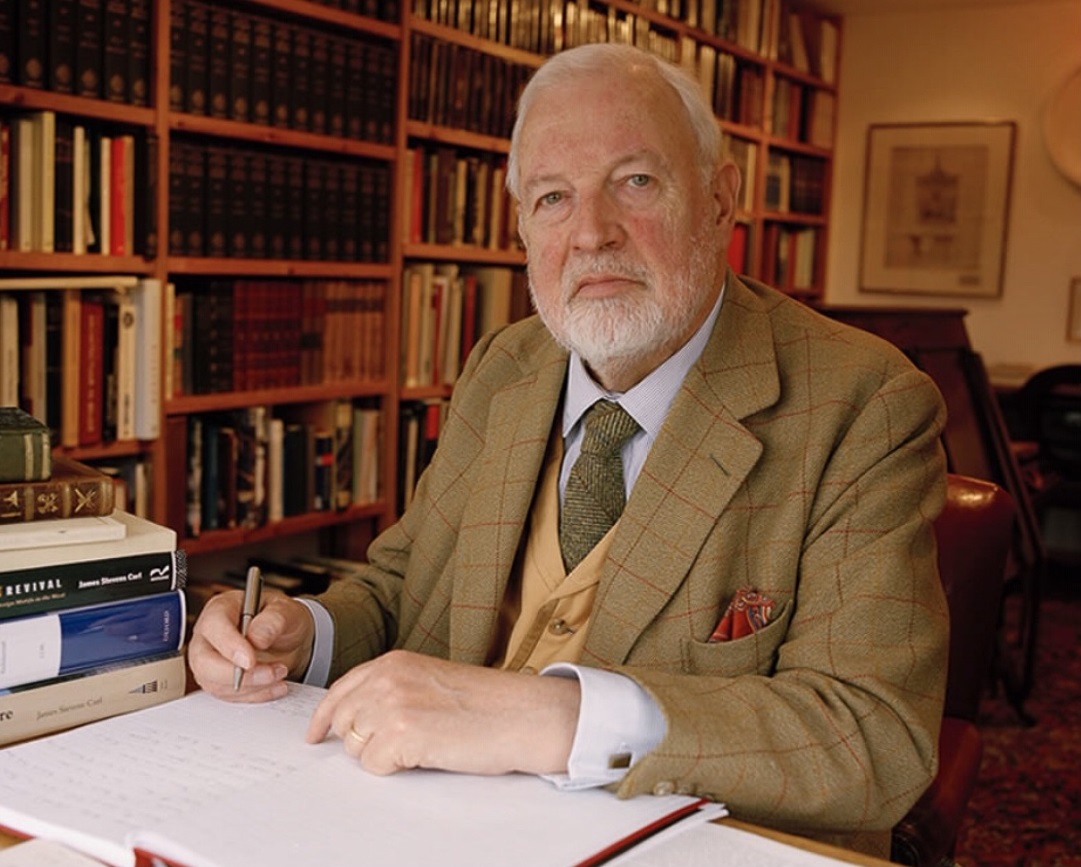May 10, 2019
Making Dystopia with Professor James Stevens Curl

2121 Massachusetts Avenue, NW
Washington, DC 20008
6:00 PM – 8:00 PM
COST/RESERVATIONS
ICAA Member: $15 | Non Members: $25
The National Civic Art Society and ICAA-Mid-Atlantic cordially invite you to a lecture by distinguished architectural historian James Stevens Curl on Friday May 10 in Washington, D.C. Curl will speak about his new book Making Dystopia: The Strange Rise and Survival of Architectural Barbarism.
Curl will tell the story of the advent of architectural modernism in the aftermath of World War I, its protagonists, and its astonishing global acceptance after 1945. He will explain how the triumph of architectural Modernism in the second half of the 20th century led to massive destruction, the creation of alien urban landscapes, and a huge waste of resources. The coming of Modernism, however, was not inevitable.
According to Theodore Dalrymple’s review of Making Dystopia, “Professor Curl has written an essential, uncompromising, learned … critique of one of the worst and most significant legacies of the 20th century. … It is a loud and salutary clarion call to resist further architectural fascism.”
AIA CE credits are available for this lecture.
Schedule
6:00 PM – Reception
7:00 PM – Lecture
Photo courtesy of Lara Platman
About the Speaker: Professor James Stevens Curl has been Visiting Fellow at Peterhouse, Cambridge, and is a Member of the Royal Irish Academy, a Fellow of the Society of Antiquaries of London, and a Fellow of the Royal Incorporation of Architects in Scotland. In 2014, De Montfort University awarded him an Honorary Doctorate of Arts in recognition of his “distinctive contribution… to the intellectual and cultural life of the nation and region.” His many publications include studies of Classical, Georgian, and Victorian architecture, and the most recent edition of his Oxford Dictionary of Architecture was published by Oxford University Press in 2015. In 2017 he was awarded the British Academy President’s Medal for “outstanding service to the cause of the humanities and social sciences” in his wider study of the History of Architecture in Britain and Ireland.